Muzeul de Istorie din HK te introduce in istoria orasului dar si a sudului Chinei. Aici intrarea costa 10 HK$ pentru adulti.
De la intrare, esti introdus intr-o zona ce tine de istoria geologica a insulelor, care iti explica si demonstreaza cum s-au format ele. Apoi, incet-incet, pornind din preistorie, esti adus in timpurile noastre.
intrarea in Muzeul de Istorie, Hong Kong
Poate nu toti agreati acest tip de muzeu, asa ca va voi arata doar fotografii care prezinta modul in care colectiile ilustreaza viata de zi cu zi a oamenilor. Un accent de culoare il aduce expozitia etnografica legata de insula Cheung Chau (pe care am si vizitat-o).
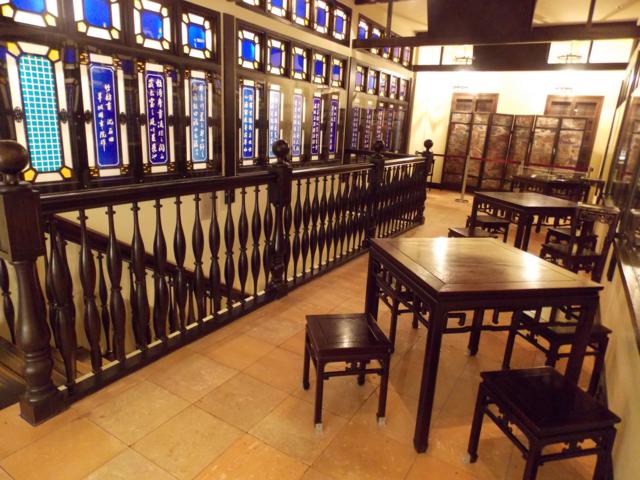
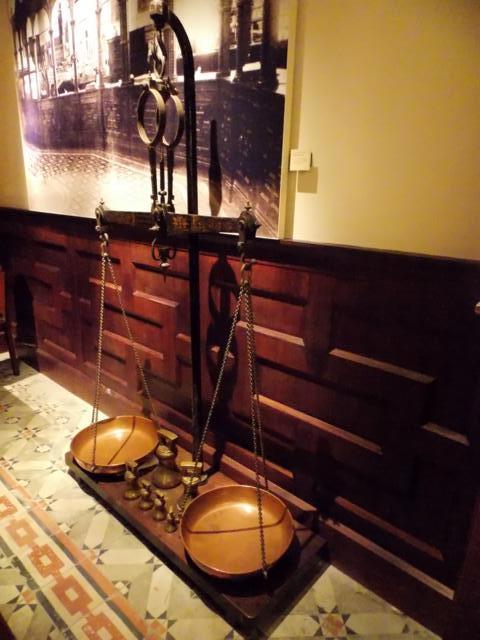

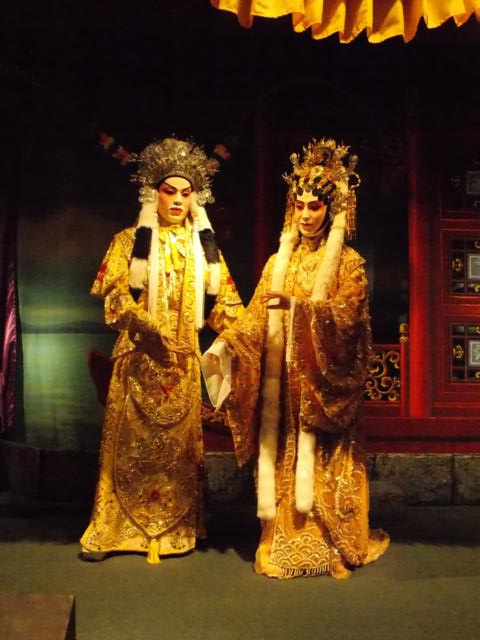 personaje ale operei cantoneze
personaje ale operei cantoneze
Lin Zexu, un inalt functionar imperial, care a jucat un rol decisiv in interzicerea importului de opium in HK
Pe insula Cheung Chau are loc Festivalul Bun, care evoca o epidemie de ciuma din secolul al XIX-lea. Preotii taoisti conduc, cu aceasta ocazie, ceremonia Taiping Qingijao, care consta in confectionarea – din hartie – a unor zei care sa ii apere pe locuitorii insulei de spiritele rele. Cu aceasta ocazie nu se sacrifica animale si se consuma numai mancare vegetariana. Si aici, explicatiile bilingve sunt suficiente.
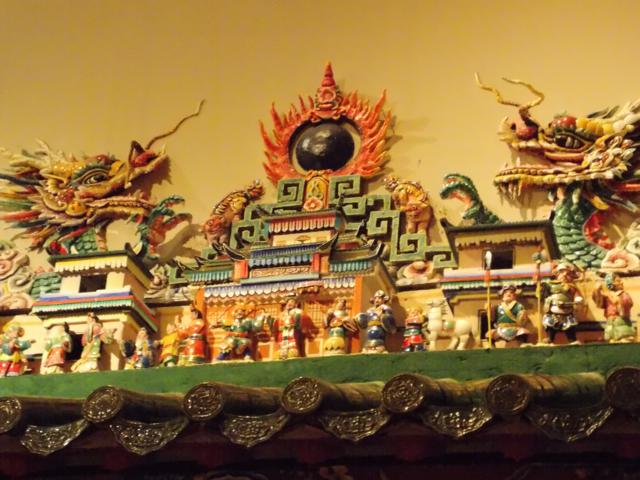
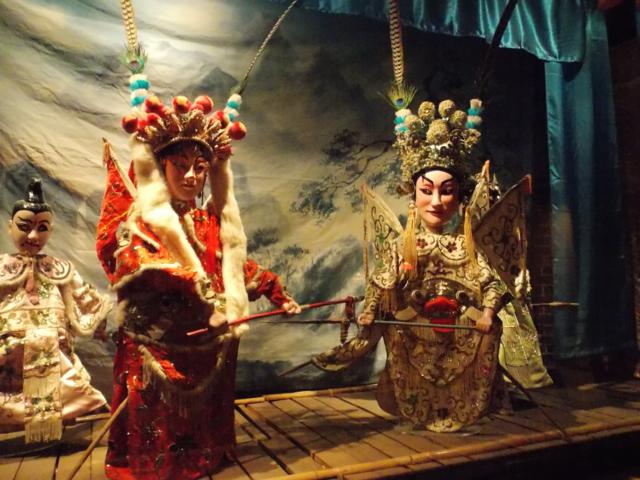



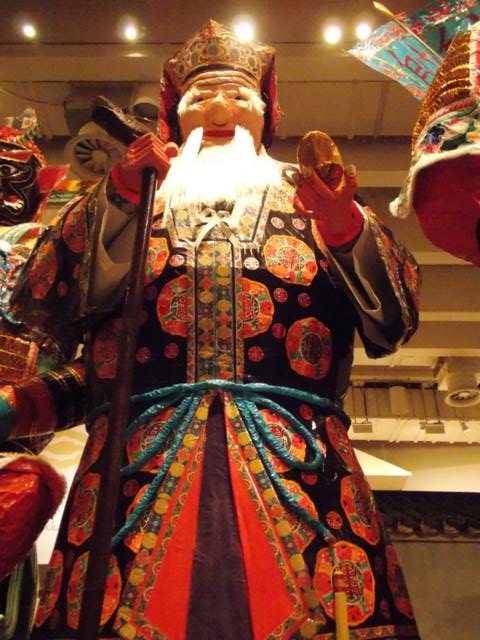
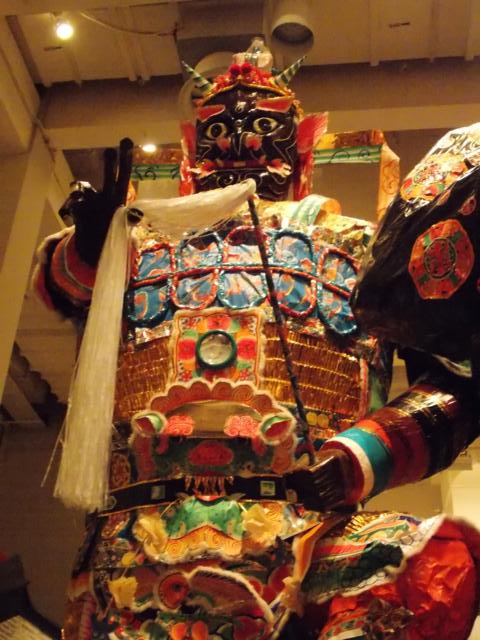
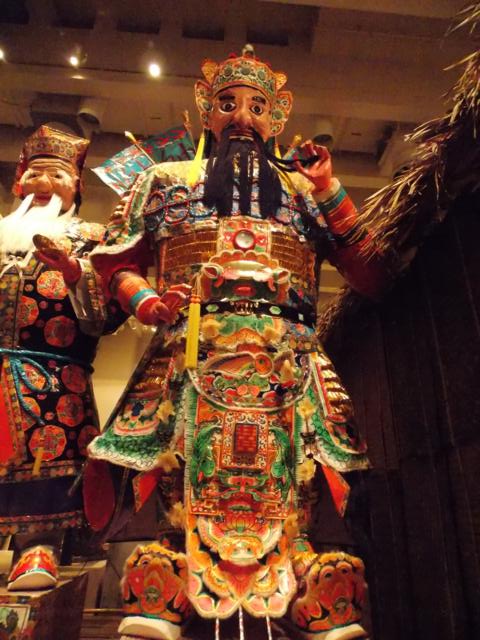
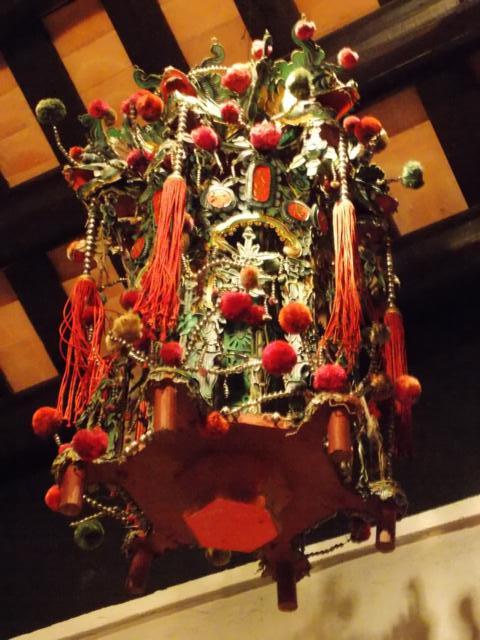 Vi s-au parut suficient de interesante exponatele pentru a face o vizita la acest muzeu daca va aflati in oras?
Vi s-au parut suficient de interesante exponatele pentru a face o vizita la acest muzeu daca va aflati in oras?
A Different China: Hong Kong 10. The History Museum in Hong Kong
The History Museum introduces the visitor in the history of the city but also in that of the South China. Along with the day to day life, the exhibits present some etnographical practices from the Cheung Chau Island (which I also visited).
The Confucianist student, a store or a bride’s procession, the interior of an inn or a temple, the statue of a high imperial officer who played a major role in banning the opium import, a pair of Cantonese opera singers, are just few exhibits.
I was very interested in those presenting the Taiping Ceremony on the Cheung Chau Island. It is part of the Bun Festival, held yearly, to remind of the plague attack in the XIX-th. century. The Taoist priests assist in manufacturing paper gods who have to protect the inhabitants against the evil spirits. During the festival, no animal is sacrificed and only vegetarian food is consumed.
Does it look interesting? Would you like to visit this kind of museum while in HK?

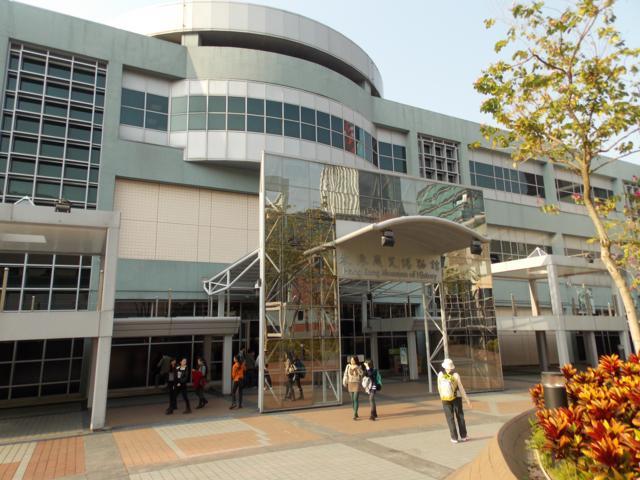

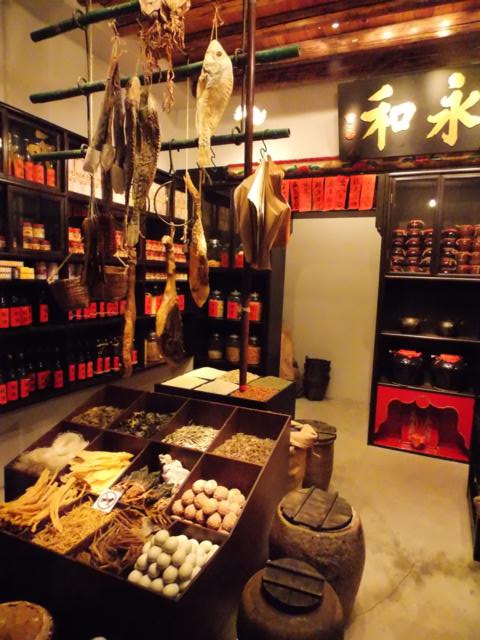
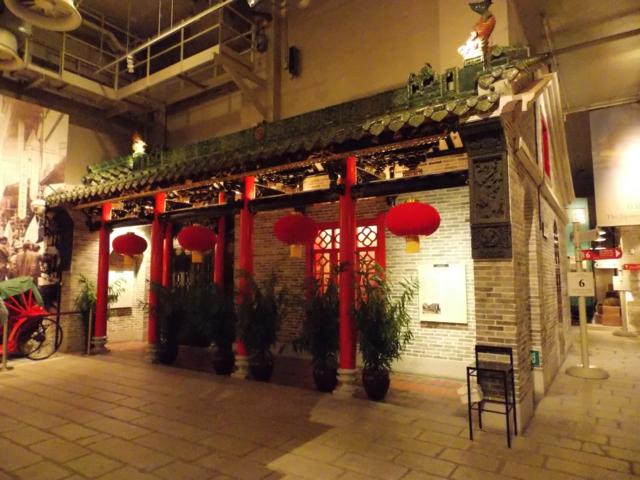
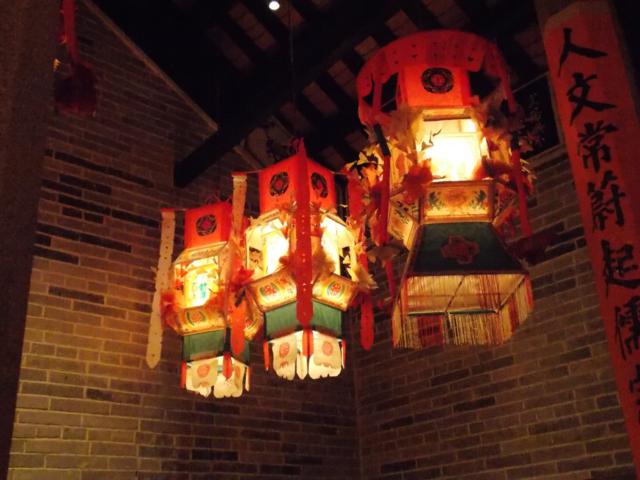
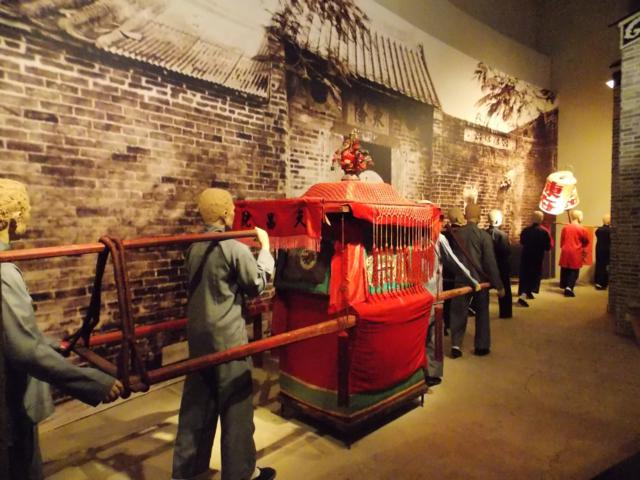
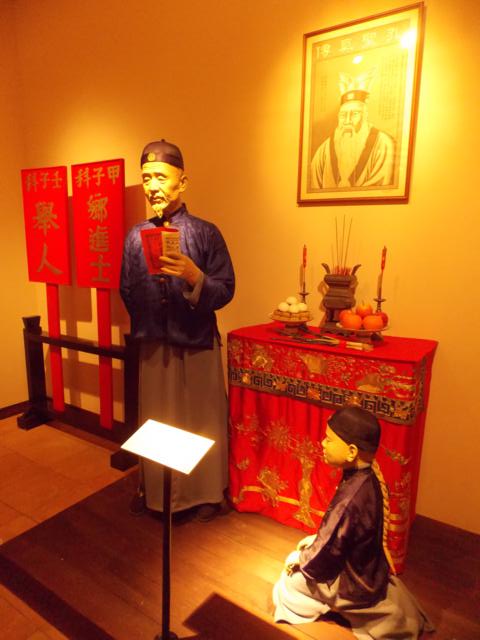
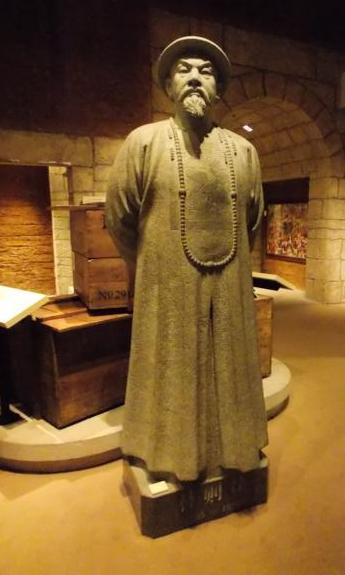
This place is a real treasure. Will definitely visit it when I am in Hong Kong (one of the places I have to see)
Welcome, Joe! Thanks for the comment.
I’m glad if this post sustain your intention to visit HK.
Your site seems to be getting better every time I visit it. It looks like there are some great colours and interesting stories here. Worth a visit if in HK.
Thanks a lot, J_on_tour, you are too kind:)
I love history museums. Thanks for sharing your visit.
You are welcome, Randy:) Have a nice weekend!
Very impressive and colorful!
I would say Folklore Museum!
The supremacy your photos!
many kisses
Yes, Magda. A part of the museum was dedicated to ethnography and folklore. I published especially more photos from that part of the museum. Thanks for your comment!
Ce frumos e ilustrată procesiunea unei mirese… 🙂 Cu siguranţă m-aş fi dus şi eu să vizitez muzeul ăsta, cât se poate de interesant. Pe unde ajung de obicei vizitez mai ales acele muzee unde sunt şi colecţii etno, tare îmi plac.
Dupa mine, a fost partea cea mai atractiva a muzeului. Multumesc pentru comentariu, Mira!
Partea cu papusile de hartie e cea mai spectaculoasa. Ca un carnaval 🙂
Da, si aceea a fost interesanta. Cel mai mult insa mi-a placut urmatorul lucru: Vezi o poza cu un elev, nu? Din timp in timp, profesorul si elevul incep sa cante ceva, repetand mereu (era stilul in care invatau). Cand a inceput prima data, un grup de cativa tineri, fete si baieti, cu zambete pana la urechi s-au apropiat si…au cantat impreuna cu figurile acelea! Se citea atata bucurie pe fetele lor, incat era clar ca stiau despre ce este vorba, ca – probabil – chiar si ei au mai invatat asa, la inceputul scolii:)
I learn a lot more unwise of all your blogs, and your explanation is very nice and clear. Framed with lots of nice pictures I really start to learn to understand other cultures. Thank you 🙂
Thank you dear Helma! I am glad you appreciate what you find here.
Everywhere you look there is something wonderful and fascinating to see!
The museum are wonderfuly organised, Doug! And there are a lot of objects to be seen.
what a fascinating museum. thanks for taking us along.
You are welcome, Life Ramblings!